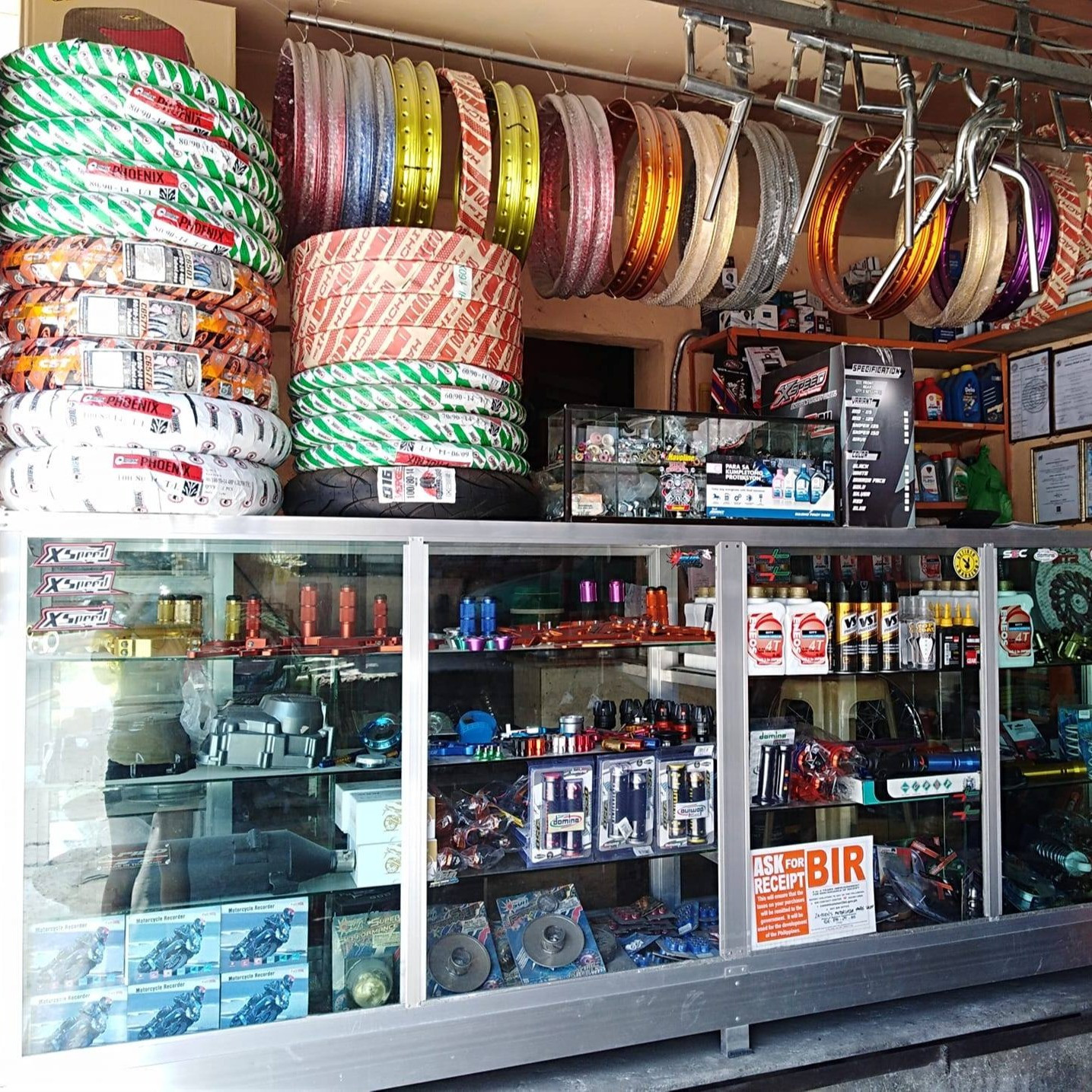Grasping Motorbike Gears: How to Optimize Your Riding Experience
In the realm of motorcycling, understanding the art of gear control is crucial for improving your riding efficiency. Correctly recognizing and utilizing motorcycle gears can substantially impact gas, control, and acceleration effectiveness, changing an average trip right into a smooth, electrifying journey.
Understanding Gear Mechanics
How do the complexities of gear mechanics influence motorcycle performance? At the core of motorcycle characteristics, equipment technicians play a pivotal duty in transforming engine power right into movement, eventually dictating speed and control. Gears, carefully crafted components, allow riders to maximize torque and rate, making sure a smooth shift through different terrains and rates. The equipment ratios, thoroughly developed, determine the relationship between engine revolutions and wheel turns, influencing velocity and gas effectiveness.
Understanding equipment technicians begins with acknowledging the significance of the transmission, which houses numerous gears of differing sizes. These equipments interact through a process recognized as meshing, where teeth of various equipments involve to transfer power.
Additionally, the principle of gear moving is indispensable to making best use of performance. Prompt and smooth changes ensure that the engine operates within its ideal power band, protecting against unnecessary strain and improving long life (motocross gear). By understanding these mechanical details, riders can achieve a harmonious blend of power, effectiveness, and control, elevating their riding experience
Timing Your Shifts
Change timing proficiency is essential for optimizing motorcycle performance and enhancing the riding experience. Correctly timed shifts ensure that the engine operates within its optimal power band, which is crucial for maintaining control, achieving smooth velocity, and making certain the long life of the bike. Cyclists have to create an user-friendly sense of when to shift equipments, which includes comprehending the relationship in between engine changes per min (RPM) and speed.
To master change timing, pay close focus to the engine's noise and feel, as these provide vital ideas regarding when to alter gears. The ideal change point generally occurs when the engine comes close to the upper series of its power band without getting to the redline. Shifting prematurely can cause a lack of power, while changing too late might trigger unnecessary engine stress
Additionally, roadway conditions and riding design influence change timing. In urban settings, smoother and extra regular changes may be essential to navigate web traffic efficiently. On the other hand, throughout highway riding, less changes at higher rates can be better suited. Exercising in varied settings will certainly enhance your capacity to time changes precisely, inevitably elevating your riding experience to an expert level.
Enhancing Gas Efficiency
While mastering motorbike equipments is essential for performance, boosting gas efficiency is equally crucial for both environmental and economic reasons. Ideal gas intake not just reduces operational costs however likewise lessens the eco-friendly impact of riding. To attain this, one must understand the elaborate connection between gear choice and engine performance.
First of all, choosing the ideal equipment at proper rates can dramatically influence gas intake. Riding in a greater gear at lower speeds can result in engine lugging, which is harmful to both fuel economy and engine health. Conversely, riding in lower equipments at broadband leads to unnecessary fuel consumption. Thus, keeping an optimum equilibrium by moving gears in alignment with roadway problems and prepared for maneuvers is necessary.
Furthermore, regular upkeep plays an essential function in fuel performance. Making sure that the bike is well-tuned, with clean air filters and properly blew up tires, can improve aerodynamics and lower fuel wastage. In addition, embracing a riding style that accepts gradual velocity and smooth slowdown can contribute to far better fuel economy.

Techniques for Smooth Transitions
Attaining smooth gear shifts is fundamental to improving the riding experience and ensuring the durability of a bike's transmission system. Proper equipment changing not just contributes to a seamless experience but additionally decreases wear and tear on the mechanical elements. To understand the art of smooth shifts, riders should concentrate on a few essential strategies.

Secondly, clutch control plays a critical function. Involving and disengaging the clutch efficiently calls for technique. The clutch bar need to be launched gradually, permitting a seamless transfer of power from the engine to the wheels without causing a jolt or abrupt movement.

Adapting to Road Problems
Browsing diverse road problems is an essential ability for any type of motorcyclist aiming to maintain control and safety and security. Whether you're riding on damp surfaces, gravel roadways, or navigating sharp turns, your capacity to adjust your gear use and riding strategy is vital. Understanding how to readjust your gears appropriately can dramatically affect traction and security, making sure a safer trip.
In comparison, when riding on gravel or unequal surface, lower equipments are preferable. Reduced equipments explanation offer far better control and allow you to react even more swiftly to unforeseen changes in the road surface area.
Sharp contours demand accurate gear management to balance rate and control. Downshifting prior to entering a contour can aid maintain momentum while making certain the motorcycle stays secure throughout the turn. Consistent practice in different problems boosts your ability to react and predict to changes in road appearance and slope.
Conclusion
Grasping motorbike equipments dramatically enhances the riding experience by improving control, fuel, and velocity performance. A comprehensive understanding of gear auto mechanics and exact change timing makes sure the engine runs within its optimum power band, while smooth changes via reliable clutch and throttle control rise convenience and efficiency. Adjusting equipment choice pop over here to different road conditions, such as using higher gears on damp surface areas and reduced equipments on gravel, additional enhances handling and safety. Ultimately, these abilities boost the total trip.
Understanding equipment auto mechanics begins with identifying the relevance of the gearbox, which houses numerous gears of varying dimensions. These gears connect with a process recognized as meshing, where teeth of different equipments involve to transmit power (motorcycle shop). Mild adjustments to the throttle throughout gear changes can avoid jerky activities and preserve a regular riding speed
Whether you're riding on damp surfaces, crushed rock roads, or browsing sharp turns, your ability to adjust your gear use and riding strategy is vital. Adjusting gear option to various roadway conditions, such as utilizing greater gears on damp surface areas and lower equipments on gravel, additional boosts handling and safety.